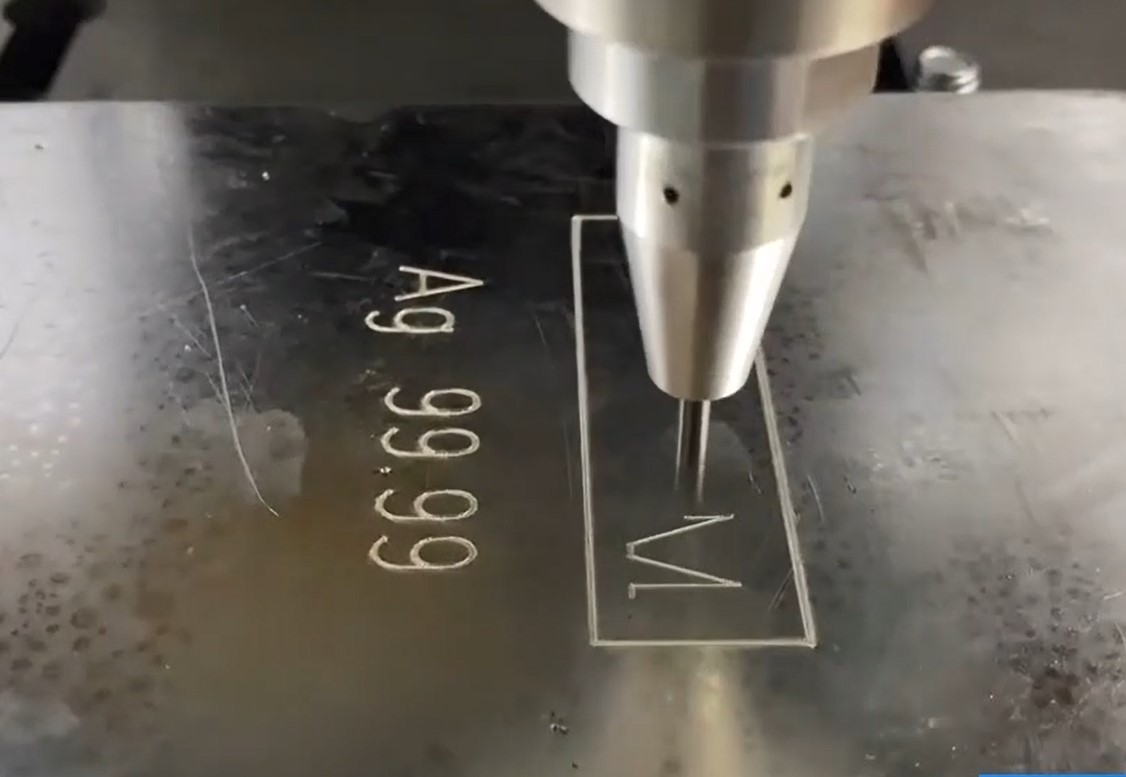Gold and silver bars are highly sought after commodities by investors and collectors. These precious metals are often marked with specific symbols and codes to indicate their authenticity and purity. A common type of marking on gold and silver bars is the dot mark, which is applied after the casting process. In this article, we will explore the significance of dot markings on gold and silver bars and their importance in the precious metals industry.
The dot mark on gold and silver bars is a form of identification and authentication. After the casting process, gold and silver bars are often stamped with a series of dots to indicate the bar’s manufacturer, purity, and weight. These marks are critical for both buyers and sellers to ensure the quality and value of precious metals.

The dot marking system is used to convey important information about gold or silver bars. Each dot represents a specific attribute of the gold bar, such as the manufacturer’s logo, purity level, and weight. For example, a series of dots arranged in a specific pattern can represent a manufacturer’s logo, while different arrangements of dots can represent a metal’s purity level. This standardized marking system makes it easy to identify and verify the authenticity of gold bars.

In addition to point marks, gold and silver bars may also bear other types of marks, such as serial numbers, assay marks, and mint marks. These additional markings further enhance the traceability and authenticity of precious metals, giving buyers and sellers peace of mind.
Point marking systems are also critical to regulatory compliance and quality control in the precious metals industry. The point marking system helps prevent counterfeiting and fraud by clearly marking the manufacturer, purity and weight of a gold bar. Regulators and industry standards organizations often require gold and silver bars to be marked in specific ways to ensure transparency and accountability in the market.
Additionally, dot markings on gold and silver bars aid in the process of analyzing and testing metals. Assaying is the process of determining the purity and composition of precious metals, and the point marking system provides a clear reference for conducting these tests. Reference point markings allow testers to quickly identify the manufacturer and purity level of a gold bar, streamlining the testing process and ensuring accurate results.
For investors and collectors, dot markings on gold and silver bars add additional confidence in the authenticity and value of the precious metal. When purchasing gold or silver bars, buyers can easily verify the bar’s manufacturer, purity, and weight through reference point markings. This transparency and traceability are critical to building trust and credibility in the precious metals market.
In summary, dot markings on gold and silver bars play a vital role in identifying, authenticating and verifying the quality of precious metals. The standardized marking system provides important information about the gold bar’s manufacturer, purity and weight, ensuring transparency and accountability in the market. For investors and collectors, dot markings add additional confidence in the authenticity and value of gold and silver bars. Point marking systems aid regulatory compliance, quality control and ease of analysis, making them an integral part of the precious metals industry.
Post time: Apr-30-2024











